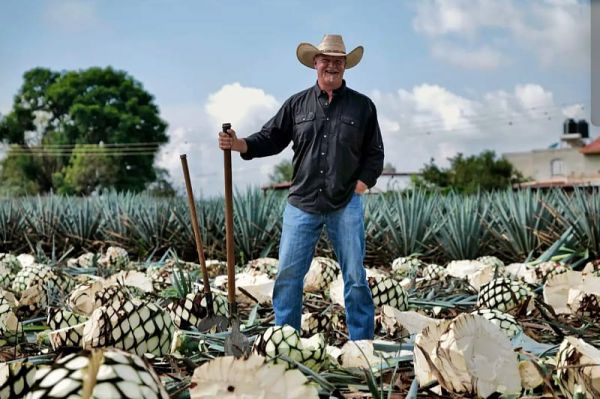Log in to your account
Lost password?Distribution
Grignano Winery: Wine, Art and History in Tuscany
Know about the Grignano Winery, located in a classic and beautiful Tuscan landscape surrounded by farmhouses, cypress trees, vines and olive trees.
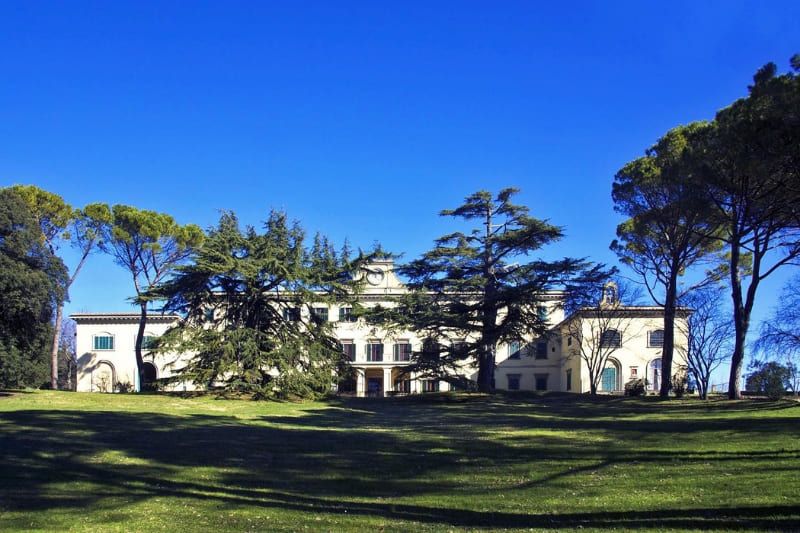
“ I travelled to discover something magical, that someone had mentioned to me ”
In the heart of Tuscany’s lush hills, the Grignano estate is located to the east of Florence, at the confluence of the rivers Sieve and Arno, where the Rùfina landscapes unravel. A land still dotted with farmhouses and cypress trees, vines and olive trees: the classic and beautiful Tuscan landscape. In this framework, the Grignano estate covers 600 hectares including 47 farms, each of which is characterized by its historical connotation and architecture, focused on the cultivation of vines and olive trees.
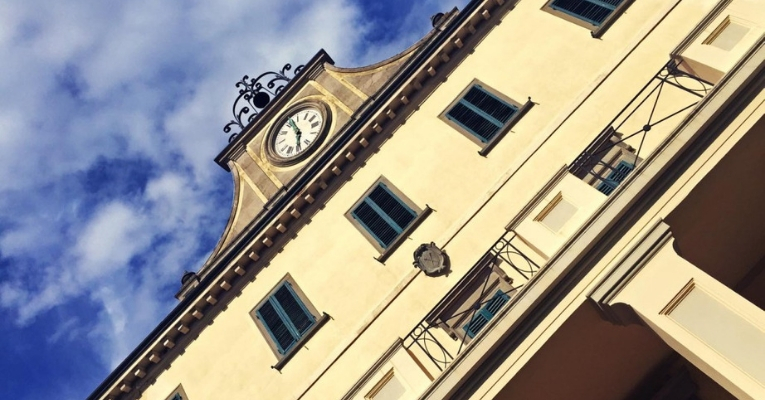
The old vineyards, which were planted in Grignano in the mid-seventies, have a low density of plants per hectare and types of farming requiring hours pruning. Today the new vineyards that were planted, have as main objective to produce high-quality profile grapes, with a minimum density of 5,000 plants per hectare. Special attention is paid to the choice of rootstock. The ampelography is characterized by the traditional grape varieties such as Sangiovese and il Canaiolo Black, complemented by Cabernet Sauvignon, Merlot and Syrah, while among the white grapes are Trebbiano Toscano, Malvasia del Chianti and Chardonnay.
The territory of Rufina is also ideal for the cultivation of olive trees. The heritage and experience arising from the agricultural world also characterize the production of olive oil of Grignano estate, whose estate includes an olive grove of 200 hectares.
This beautiful plot of land within the estate gives birth to our precious extra-virgin oil. Features? Low acidity and distinctive sensory characteristics.
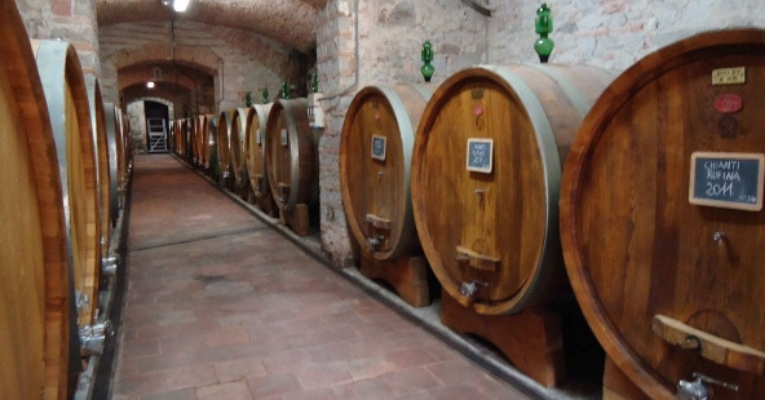
The cellar and olive mill
It is the heart of the Villa, where our wine comes to life. It is the Cantina di Grignano, between ancient and modern. The environments are the original ones but there are new spaces for vinification wine ageing and its storage, which takes place in temperature-controlled environments throughout the year.
It’s all studied thoroughly, but in a natural way, to obtain the best product.
Fattoria di Grignano: The Land of History and Nature
In a land full of natural treasures, environmental and historical. Grignano is located in the heart of the Chianti Rufina, which is a historic area of wine production, the most important in Tuscany, located in the east of Florence, on the slopes of the Apennines between Tuscany and Romagna. The area of Chianti Rufina is the smallest sub-areas of the Chianti region with an area of 12,483 hectares, including (wholly or partially) the municipalities of Dicomano, Londa, Rufina, Pelago and Pontassieve, all placed on the heights east of Florence. Despite the small size is the third sub-zone production (after the Classico and Colli Senesi) having more than 7% of its area planted with vines and enrolled in the Chianti. Inside are inserted Pomino DOC produced in the homonymous hamlet of Rufina. The sub-zone is considered in the Chianti Rufina among those drawn better for qualitative consistency of the wines produced.
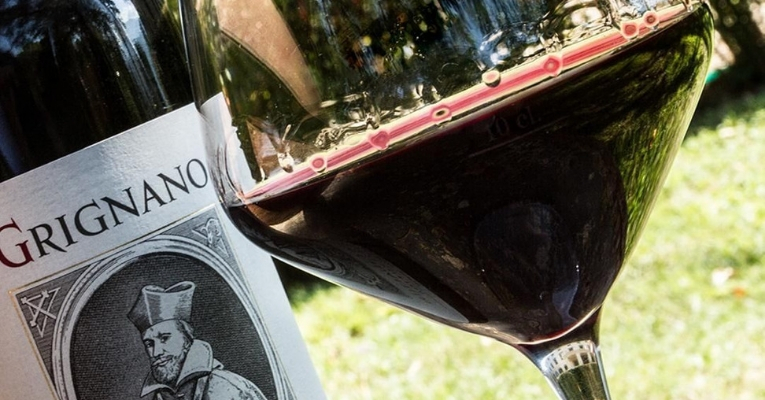
The first historical evidence about the wines of Rùfina date back to the early fifteenth century. In the eighteenth century. With the edict of the Grand Duke of Tuscany, came the official recognition and Cosimo III, in the announcement of September 24, 1716, classified the wine produced in this area, among the best of Tuscany.
The Ministerial Decree of 1932 established the first territorial delimitation of the Chianti wine and the various geographic specifications, including that of Rufina. 1967 dates from the Denomination of Origin (DOC) and the 1984 year saw the creation of the Denomination of Controlled and Guaranteed Origin (DOCG).
But the fame of the Rufina wine is not linked to the large quantities of production, but to specific peculiarities of the Sangiovese of the Chianti Rufina area and the high quality levels achieved by the wines of the individual companies, which in the past fifteen years has undertaken a very important renewal operation of the vineyards and their cellars.
Among the elements that characterize the wines of Rùfina: the geology of the land, consisting of limestone, marl and limestone; The solar exposure south south-west of the land above sea level up to 400 meters above sea level that allows the grapes in the vineyards to reach optimum ripeness; microclimate with high daytime temperatures and cool nights in summer, which contributes to the maintenance of aromatic notes.
The result is an elegant wine, with a strong personality, tannic with a scent that refers to a complex bouquet of wild berries and spices: the wine of the Grignano estate.
“ I travelled to discover something magical, that someone had mentioned to me ”
In the heart of Tuscany’s lush hills, the Grignano estate is located to the east of Florence, at the confluence of the rivers Sieve and Arno, where the Rùfina landscapes unravel. A land still dotted with farmhouses and cypress trees, vines and olive trees: the classic and beautiful Tuscan landscape. In this framework, the Grignano estate covers 600 hectares including 47 farms, each of which is characterized by its historical connotation and architecture, focused on the cultivation of vines and olive trees.








